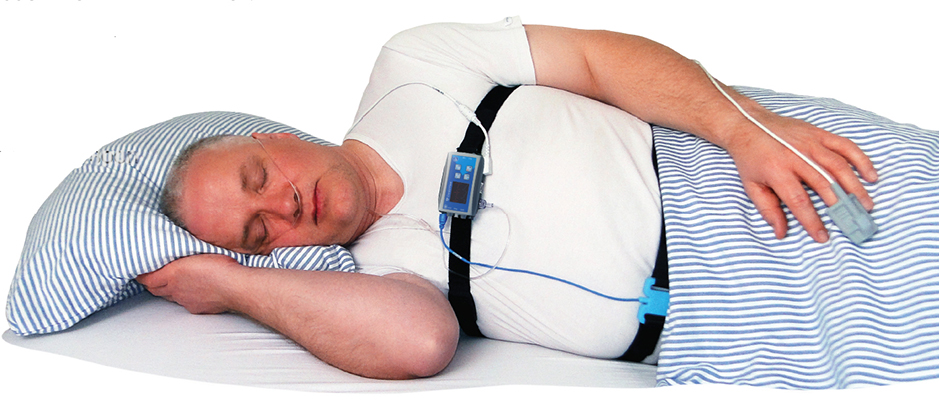- +1 800 433 4609
- |
- Request Info
- |
- Login
Better days start with better nights.
Empower your patients with sleep quality insights.
Sleep Apnea Treatment
Sleep apnea is a frustrating and damaging disorder, but with today’s treatments, it can be managed.
The most common treatment for obstructive sleep apnea is CPAP (Continuous Positive Airway Pressure). A CPAP device small is non-invasive; that is, it does not enter the body. With CPAP, the patient wears a face mask which is connected by a tube to a machine that pulls in surrounding air. The air is compressed and blown through the tube. This higher-pressure air keeps the airway open, allowing the patient to breathe.
CPAP machines are not a perfect solution, since the patient must put on the mask every night and bring the machine with them while traveling. However, they are highly effective and make restful sleep possible for many patients.
Other Treatment Options
While CPAP is the common treatment option, other modalities of treatment do exist, including:
- Lifestyle changes
- Positional therapy
- Weight loss
- Oral appliances
- Surgical procedures
Benefits of Treatment
Patients who are treated for obstructive sleep apnea will return to a more normal sleep pattern, allowing the body its much-needed rest. They will feel more awake and energetic, allowing increased focus and activity throughout the day. Benefits also include reduced risk for heart failure, stroke, diabetes, hypertension and other ailments associated with OSA, as well as much lower risk of accidents from inattentiveness.


